■On May 16 (Saturday), we participated in the “NPO Mizuto Tokyo Creation Association” “Kawakaze and Music Evening” (sponsored by Chuo-ku, Chuo-ku Tourism Association).
□The ship is Asakusabashi / Miuraya "Ikijinmaru" (conducting houseboat Tokyo Cooperative).
"Ikijinmaru", which can pass under a low bridge girder at high tide, has arrived at Nihonbashi Pier.
□DR.Ozawa plays cornets and others.
When passing under the bridge, the sound echoed was more wonderful.
□He listened not only to musical instruments but also to singing voices.
□The course departs from the Nihonbashi Pier. Sumida River from Nihonbashi River. U-turn in front of Basho-an Historic Site Observation Garden at the mouth of the Onagi River. Returning off the coast of Tsukuda, going up the Nihonbashi River, U-turn in front of Jobanbashi, an hour course to Nihonbashi Pier.
□People who were eating on the terrace facing the waterside around Nihonbashi were able to wave their hands with a smile.
■While the wind on the river surface at dusk was comfortable, the instruments such as cornets played by DR.Ozawa and the bitter singing voice made me forget the hustle and bustle of the city.
The fact that I realized the splendor of Edo and Tokyo, the capital of water, was reflected in the smiles of the participants when descending the ship.
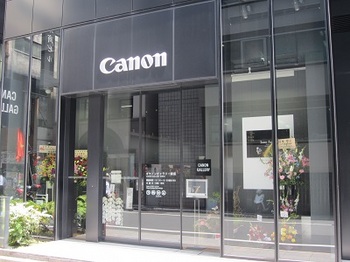
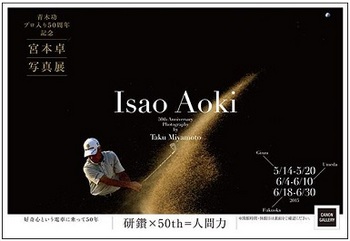
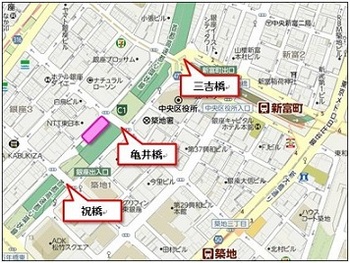
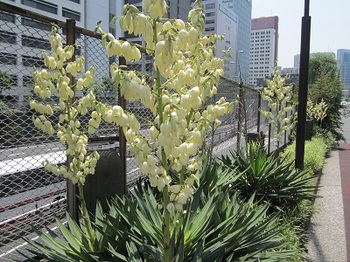
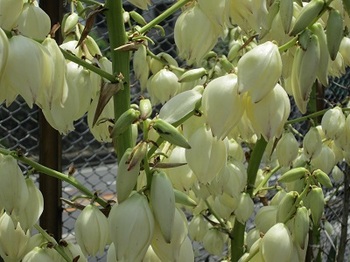
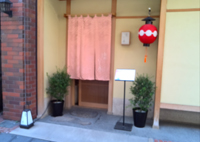
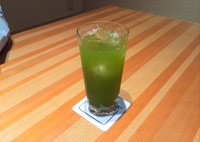
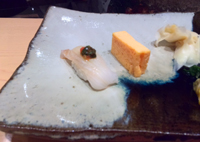
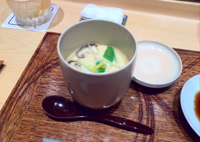
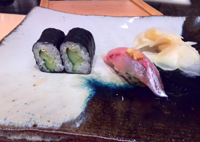
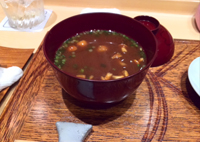
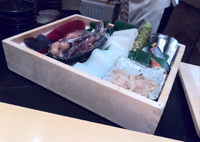
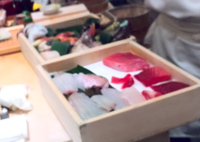
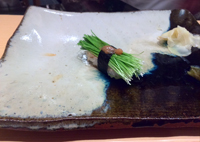
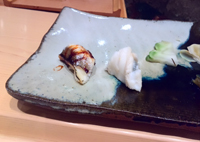
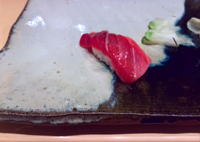
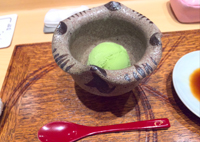
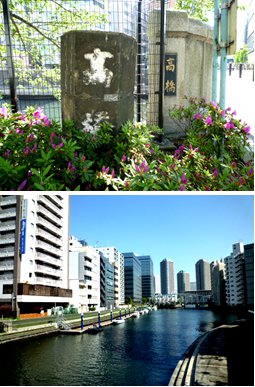 The current "Takahashi" opened in March 1984 (1984) and spans the Kajibashi Street connecting Hatchobori and Shinkawa on the Kamejima River. The downstream from here flows through Minami Takahashi to the Sumida River. The remaining main pillar is located at Takahashi Southeast Children's Amusement Park on the Shinkawa side. This seems to be from a concrete arch bridge that was replaced in 1919 (1919). (Upper photo: The left is the old bridge, and the right is the main pillar of the current bridge.)
The current "Takahashi" opened in March 1984 (1984) and spans the Kajibashi Street connecting Hatchobori and Shinkawa on the Kamejima River. The downstream from here flows through Minami Takahashi to the Sumida River. The remaining main pillar is located at Takahashi Southeast Children's Amusement Park on the Shinkawa side. This seems to be from a concrete arch bridge that was replaced in 1919 (1919). (Upper photo: The left is the old bridge, and the right is the main pillar of the current bridge.)
